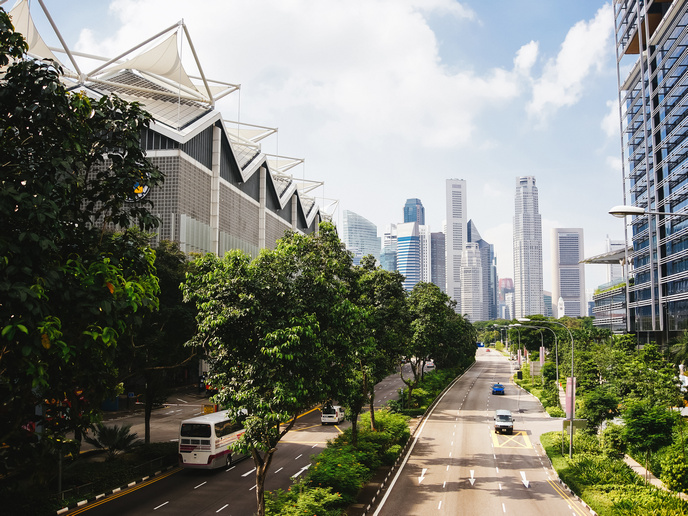The sustainable city of the future is compact
In today’s rapidly urbanising world, how can we create healthy and sustainable city environments? In search of an answer, researchers supported in part by the EU-funded UBDPOLICY(opens in new window) project identified four basic urban configurations found in Europe and compared parameters such as air quality, mortality and emissions – with some surprising results. Their findings(opens in new window) were published in ‘The Lancet Planetary Health’. The four different city types identified on the European continent were compact high-density cities, open low-rise medium-density cities, open low-rise low-density cities and green low-density cities. After studying such cities, the researchers unsurprisingly found that Europe’s compact high-density cities tend to have worse air quality, lower green space availability, higher mortality rates and a stronger urban heat island effect compared with less dense cities. However, interestingly, their carbon emissions per capita were significantly lower than in green low-density cities.
The model of the future and its challenges
With their small surface areas and high population densities, compact high-density cities such as Milan and Paris collectively have the highest number of inhabitants in Europe. As explained in a recent ‘EurekAlert!’ news release(opens in new window) provided by UBDPOLICY project coordinator Barcelona Institute for Global Health (ISGlobal), the dense public transport networks and cycling and walking infrastructure of such cities facilitate short-distance mobility. Compact cities are therefore considered the best theoretical model to promote healthier and more sustainable cities. “After analysing more than 900 cities in Europe, we believe that, as the literature and experts point out, the compact city may still be the model of the future, but in their current configuration, they show a poor environmental quality and need to overcome important challenges,” remarks study co-lead author and ISGlobal researcher Tamara Iungman. “The potential for reduced car dependency, walkability or access to services and opportunities for social interaction are clear advantages of the compact city model. However, compact cities still show a high presence of motorised transport and a distinct lack of green spaces.” Among the four city types, compact high-density and open low-rise medium-density cities have the highest motorised traffic flows, leading to greater exposure to air pollution and a stronger urban heat island effect. These cities consequently also have the highest mortality rates. However, the advantage of concentrating people and services in a smaller space is better energy efficiency, so compact cities are also the type of city with the lowest CO2 emissions per capita. Study senior author Prof. Mark Nieuwenhuijsen of ISGlobal concludes: “We must leverage the potential of our compact cities through innovative models, such as superblocks, low-traffic or car-free neighbourhoods, incorporating alternatives such as nature-based solutions, including planting trees and green roofs and facades. It is essential to reduce car use and shift even more to active and public transportation. Of course, there is no one-size-fits-all solution for all cities. Each city should carry out specific studies based on its own characteristics and design an ad hoc solution to find the optimal model in terms of health, environmental quality and carbon footprint.” The UBDPOLICY (THE URBAN BURDEN OF DISEASE ESTIMATION FOR POLICY MAKING) project ends in 2026. For more information, please see: UBDPOLICY project website(opens in new window)



